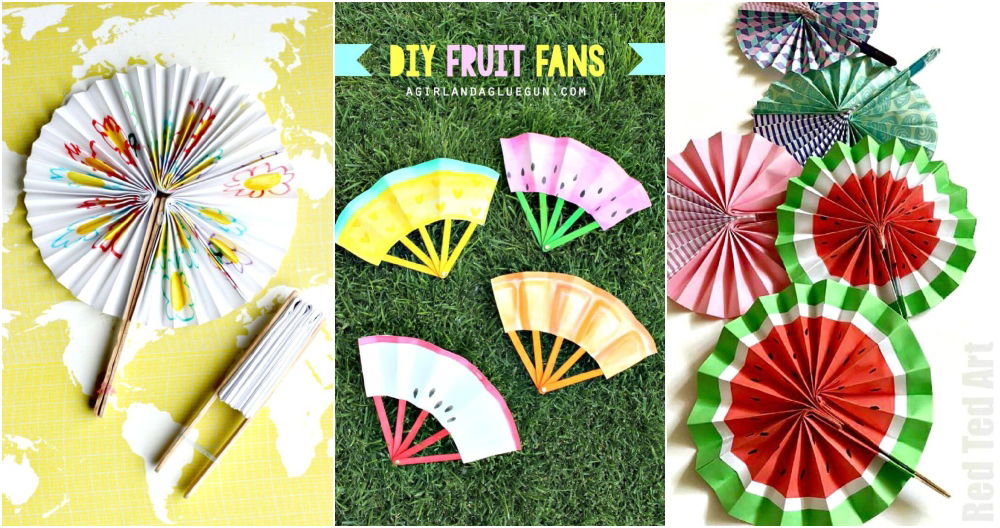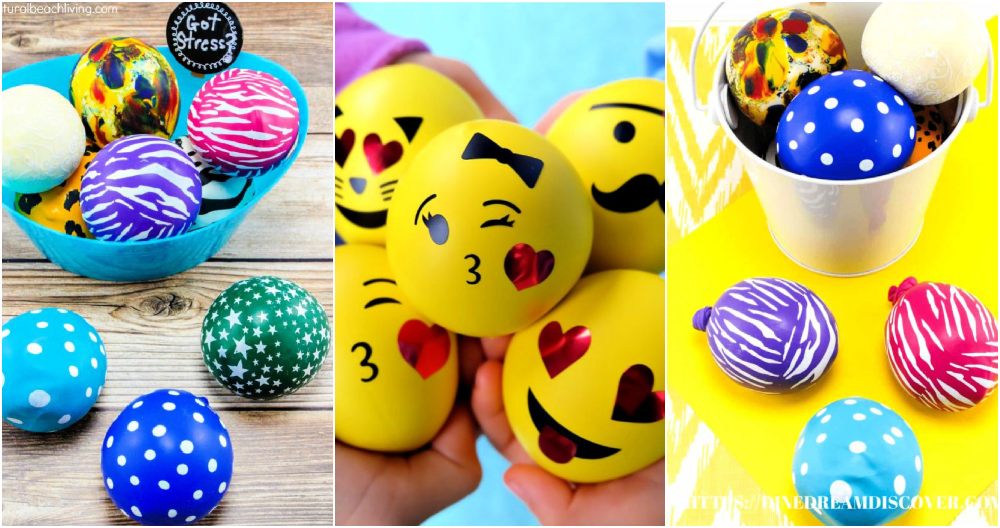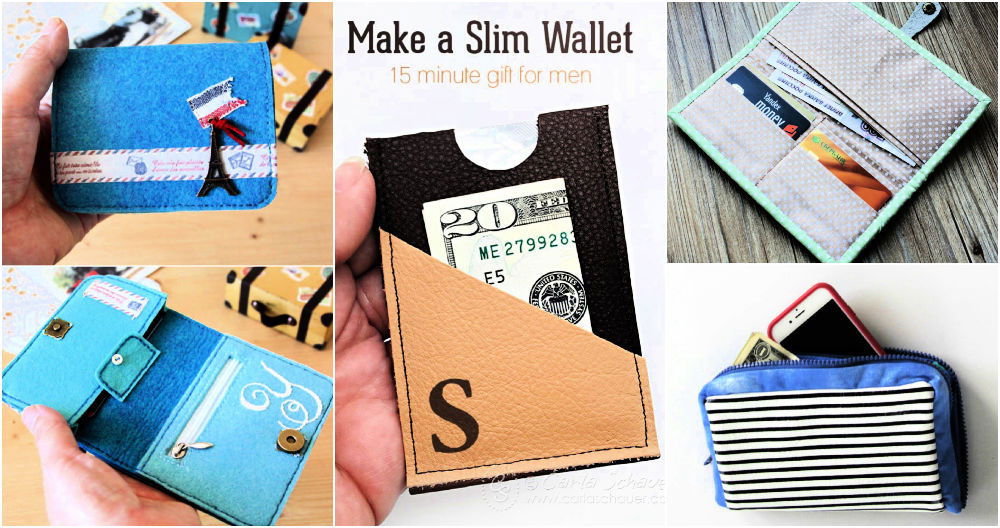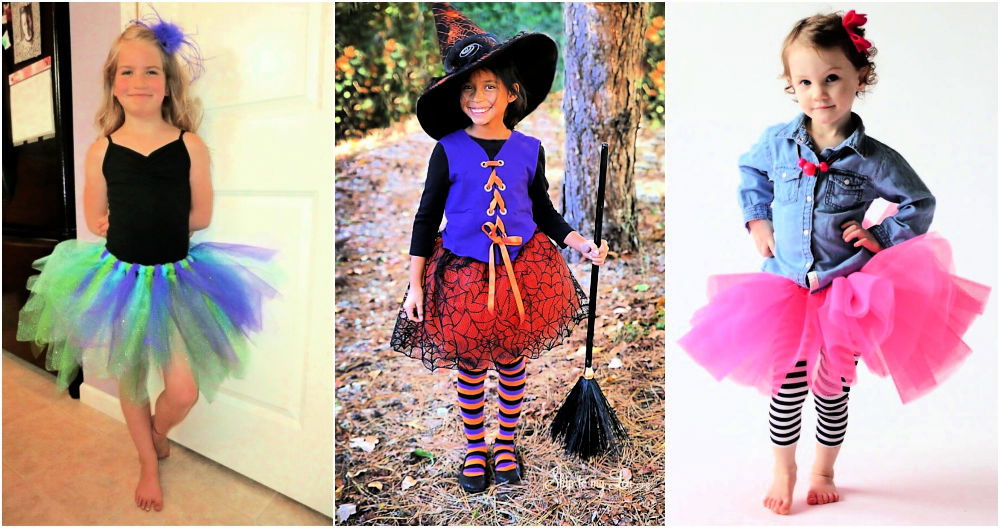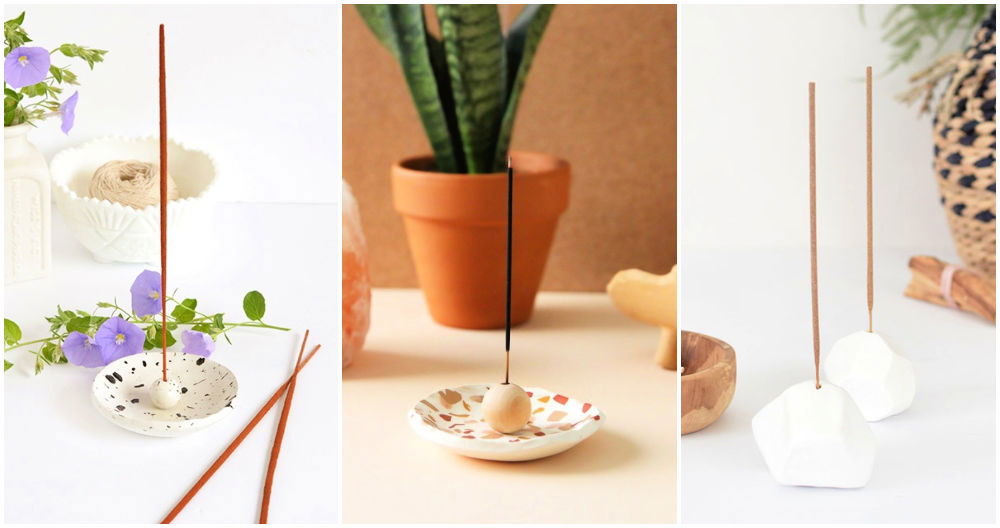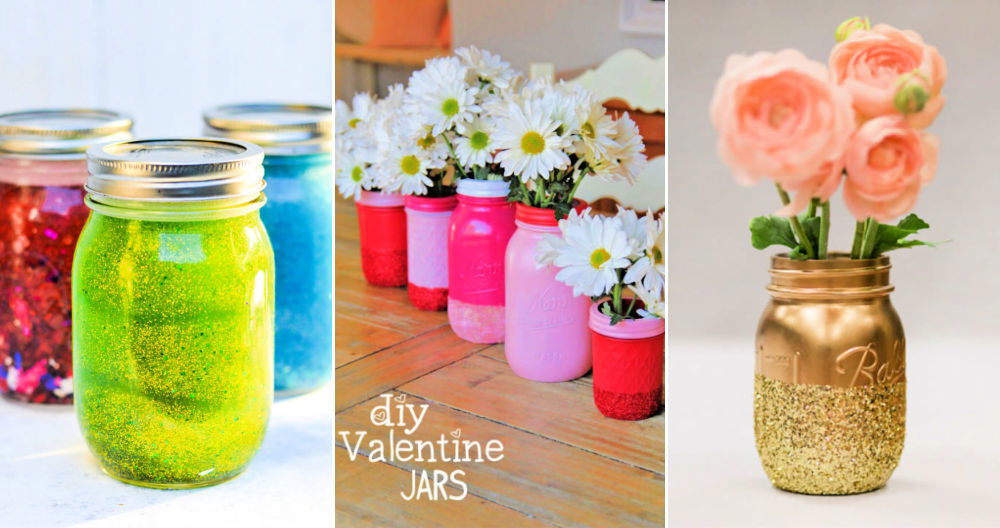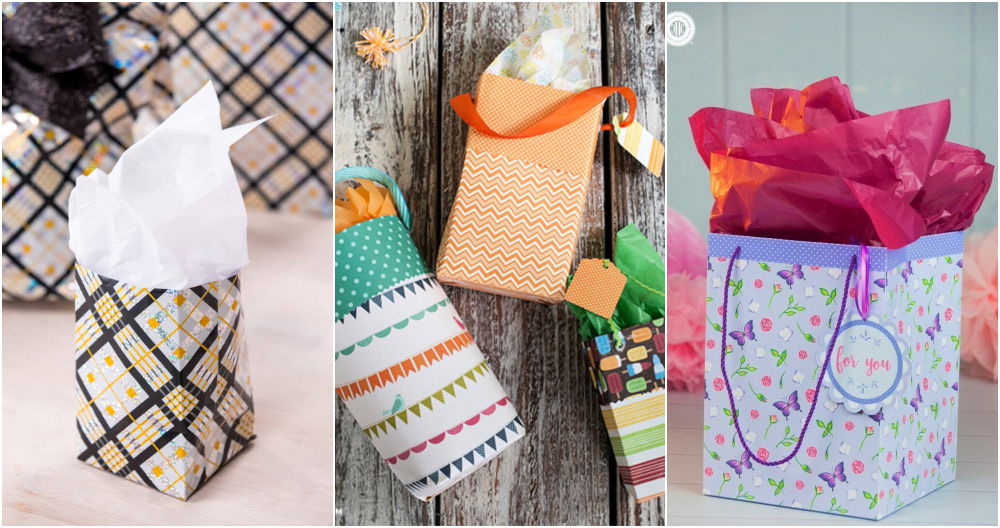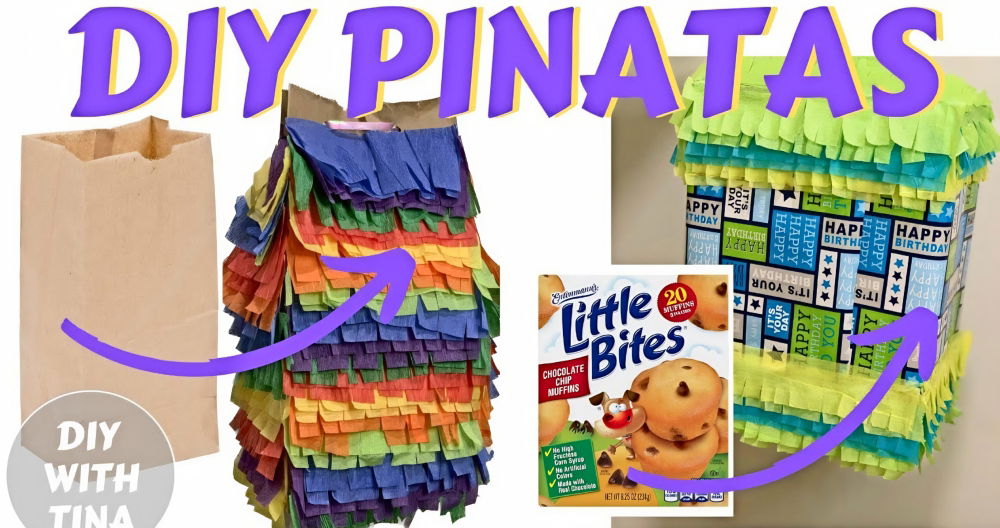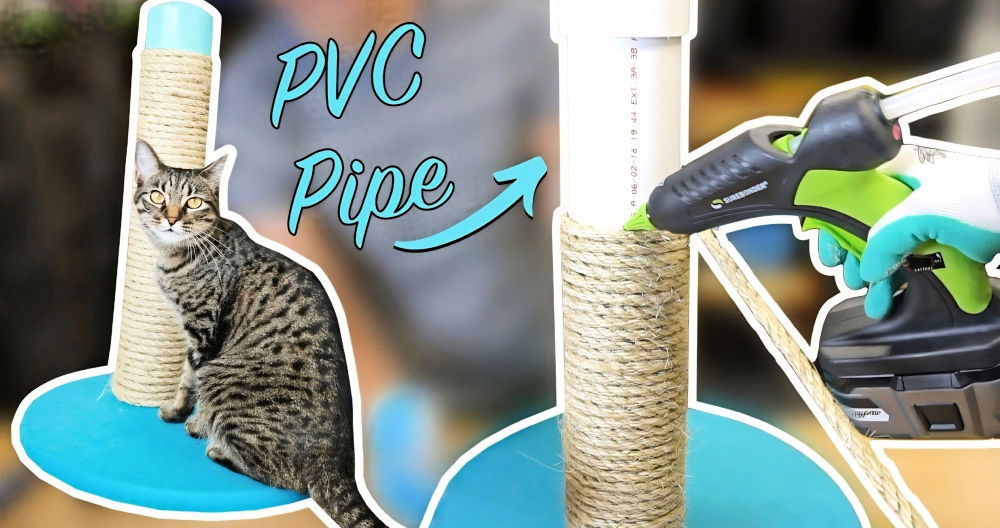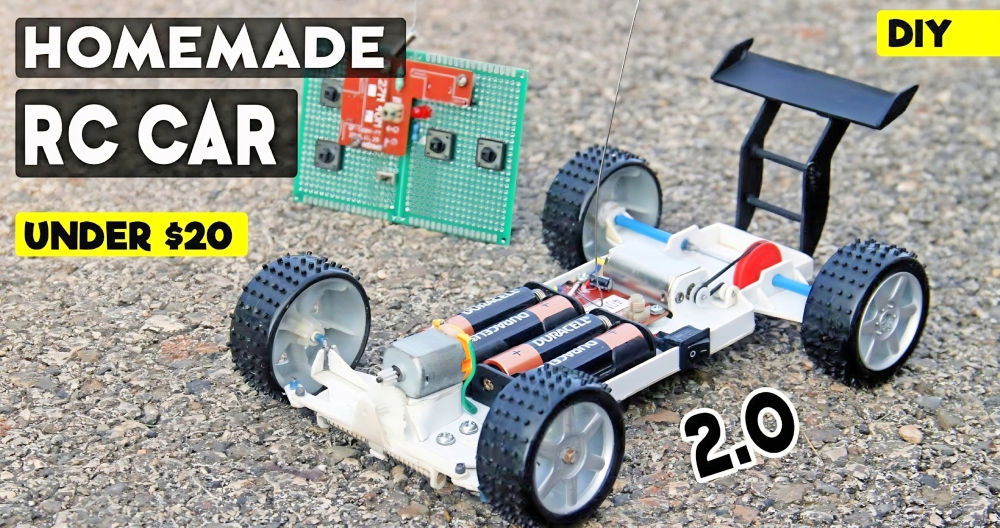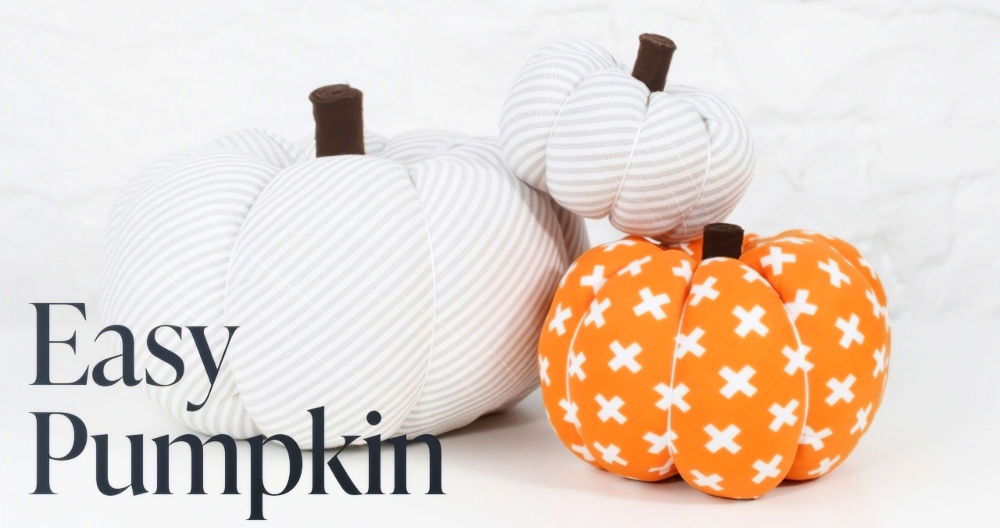Making a DIY squirrel baffle was one of my most rewarding projects for protecting my bird feeder. One morning, I noticed squirrels nibbling away at the bird food. That's when I decided it was time for a change. Making my own homemade squirrel baffle seemed like a great idea to solve this sneaky problem.
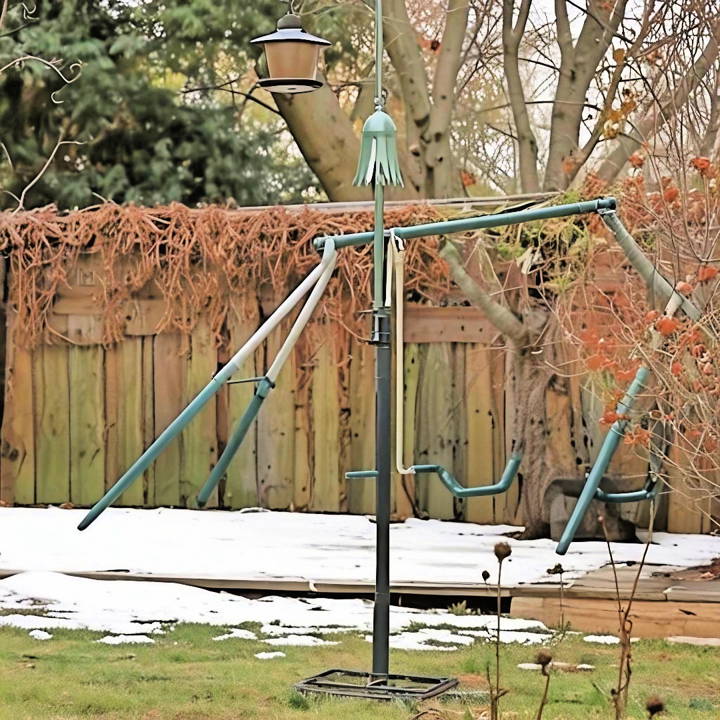
I gathered some simple materials and got to work. With clear instructions, anyone can put together an effective baffle. It's satisfying to see both birds and their food safe and sound. Starting this project has truly made bird-watching more enjoyable.
I'm sharing this to help you keep those pesky squirrels away and enjoy your feeder again.
Materials and Tools Needed
To embark on this squirrel-proofing journey, you'll need:
- A two-liter plastic soda bottle
- A pair of sharp scissors
- A pair of gloves to protect your hands from sharp plastic edges
- Zip ties
- An umbrella stand or similar base
- Scrap metal poles or any sturdy rod
- Duct tape
These materials are readily available, inexpensive, and likely already lying around your home, which makes this project not only eco-friendly but also budget-friendly.
Step by Step Instructions
Learn how to make a homemade DIY squirrel baffle with our step-by-step instructions. Follow the guide to protect your bird feeder!
Step 1: Preparing the Soda Bottle
My first attempt involved cutting the bottom off the soda bottle and slicing the sides into quarter-inch strips. The idea was that these strips would make a confusing barrier for the squirrels. Unfortunately, the strips curled inwards, not quite producing the deterrent effect I had hoped for. However, rather than seeing this as a setback, I viewed it as a learning opportunity.
Step 2: The Ah-ha Moment
Undeterred, I revisited the drawing board. On my second attempt, I focused on cutting the strips from the opposite end to encourage them to curl outwards. This generated a slight improvement, but still, it wasn't the deterrent effect I was aiming for. Then, inspired by the way ribbons curl when scraped with scissors, I had my 'aha' moment. Wearing gloves to protect my fingers, I methodically worked each plastic strip, gently scraping to encourage a slight outward curl. The result was far more satisfying, making a more disorienting texture for any ambitious squirrel.
Step 3: Assembling the Baffle
With the modified soda bottle ready, I moved on to assembly. The set-up was straightforward. I used zip ties to attach the bottle to a metal pole, ensuring it hung just above the bird feeder. An umbrella stand served as a sturdy base, complementing the DIY aesthetic of the project. To my delight, this contraption was not only cost-effective but also remarkably stable, even on breezy days.
This impromptu solution demonstrated resilience against the elements and the curiosity of local wildlife. Since its installation, I've noticed a significant decrease in squirrel activity around the bird feeder, much to my (and the birds') delight.
Customization Ideas for Your Homemade Squirrel Baffle
Making a squirrel baffle that's both functional and stylish can be a fun and rewarding DIY project. Here are some customization ideas to help you make a baffle that not only keeps squirrels away but also adds a personal touch to your garden.
Choose Your Material Wisely:
- Recycled Items: Consider using recycled materials like old lampshades or PVC pipes. Not only is this good for the environment, but it also adds a story to your baffle.
- Paint: Use non-toxic, weather-resistant paint to add color or patterns. This can help your baffle blend in with your garden or stand out as a feature.
Shape and Size:
- Experiment with Shapes: While the traditional cone shape is effective, you can try different shapes like a cylinder or a sphere. Each shape can offer a different aesthetic and challenge to squirrels.
- Size Matters: Adjust the size based on the type of birds you're attracting. Larger birds may need a bigger baffle for comfortable access.
Installation Personalization:
- Hanging vs. Pole Mounted: Decide whether you want to hang your baffle from a tree or mount it on a pole. Each has its own visual appeal and practical considerations.
- Decorative Elements: Add decorative elements like wind chimes or ribbons that move in the wind. These can be visually pleasing and act as additional deterrents for squirrels.
Functionality with Flair:
- Multi-purpose Use: Design your baffle to serve as a planter on top. This way, it's not just a deterrent but also a part of your garden's ecosystem.
- Lighting: Incorporate solar-powered lights to illuminate your baffle at night. It can become a beautiful night-time garden feature.
Engage with Nature:
- Observation Window: Install a clear acrylic window to watch the birds inside. It's a great way to connect with nature and observe bird behavior.
Safety First:
- Smooth Edges: Ensure all edges are smooth and there are no sharp parts that could harm the birds or squirrels.
- Sturdy Construction: Make sure your baffle is securely attached and can withstand weather conditions.
By incorporating these ideas, you'll not only make an effective squirrel baffle but also one that reflects your personality and enhances your garden's beauty.
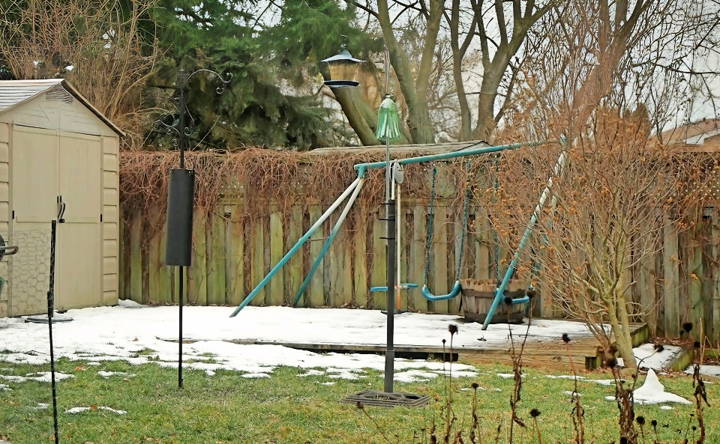
Safety Tips for Building and Installing Your Homemade Squirrel Baffle
When making a homemade squirrel baffle, safety is a priority—not just for you, but for the birds and squirrels as well. Here are some safety tips to keep in mind that will help ensure your baffle is a safe addition to your garden.
For Your Safety:
- Wear Protective Gear: Always wear gloves and safety glasses when cutting or handling materials to protect your hands and eyes.
- Use Tools Properly: Familiarize yourself with the correct operation of any tools you're using, and follow the manufacturer's safety guidelines.
For Wildlife Safety:
- Smooth Edges: Make sure all cut edges are smooth and free of burrs to prevent injuries to birds and squirrels.
- Non-toxic Materials: Use materials that are non-toxic and safe for wildlife. Avoid lead-based paints or treated woods that could leach harmful chemicals.
Installation Safety:
- Secure Attachment: Ensure the baffle is securely attached to prevent it from falling and injuring wildlife or people.
- Check Weight Limits: If hanging your baffle, make sure the branch or support can hold the weight without breaking.
Maintenance Safety:
- Regular Inspections: Periodically check the baffle for damage or wear that could make it unsafe, and repair any issues promptly.
- Safe Cleaning: Clean your baffle with eco-friendly products to avoid introducing toxins into the environment.
Considerate Placement:
- Avoid High Traffic Areas: Place your baffle away from areas where people frequently walk to reduce the risk of accidents.
- Visibility: Position the baffle so it's visible to birds in flight, reducing the chance of collision.
Follow these tips to make an effective and safe homemade squirrel baffle for your backyard. Enjoy nature responsibly, stay safe, and have fun with your DIY project!
FAQs About Homemade Squirrel Baffle
Discover essential faqs about homemade squirrel baffle solutions, tips for effectiveness, and materials to keep squirrels away from your bird feeders.
A homemade squirrel baffle is a device that you can make yourself to prevent squirrels from reaching your bird feeders. It usually involves materials like pipes, bottles, or bowls to create a barrier that squirrels can’t climb over or around.
Yes, there are several budget-friendly designs. One popular option is using a bowl from a dollar store. Drill a hole in the center, slide it onto the feeder pole, and you have an effective baffle. Another is using a galvanized vent pipe or two nested 2-liter bottles.
No, a properly made squirrel baffle will not harm squirrels. It simply acts as a physical barrier to prevent them from accessing the bird feeder. The goal is to deter them without causing injury.
Homemade squirrel baffles can be very effective when made and installed correctly. They should be smooth and wide enough to prevent squirrels from jumping past them. Placement is also key; ensure the baffle is high enough above the ground and away from jumping-off points.
Yes, you can use metal to make a durable squirrel baffle. One effective design involves using a galvanized vent pipe. Cut the pipe to the desired length, ensuring it's wide enough to prevent squirrels from reaching around it. Secure it around the feeder pole so that it's too slippery for squirrels to climb. Another option is to use a stovepipe with an end cap, which makes a smooth, cylindrical barrier. Remember to place it high enough on the pole to prevent squirrels from jumping over it.
Final Thoughts:
In conclusion, making your own DIY squirrel baffle is a rewarding and practical project. This guide provides easy steps to make an effective baffle, helping you protect bird feeders from clever squirrels. Making a DIY squirrel baffle not only saves money but also ensures your birdseed is safe and available for birds. With the right materials and a few simple tools, you can enjoy a squirrel-free garden. Happy crafting!


